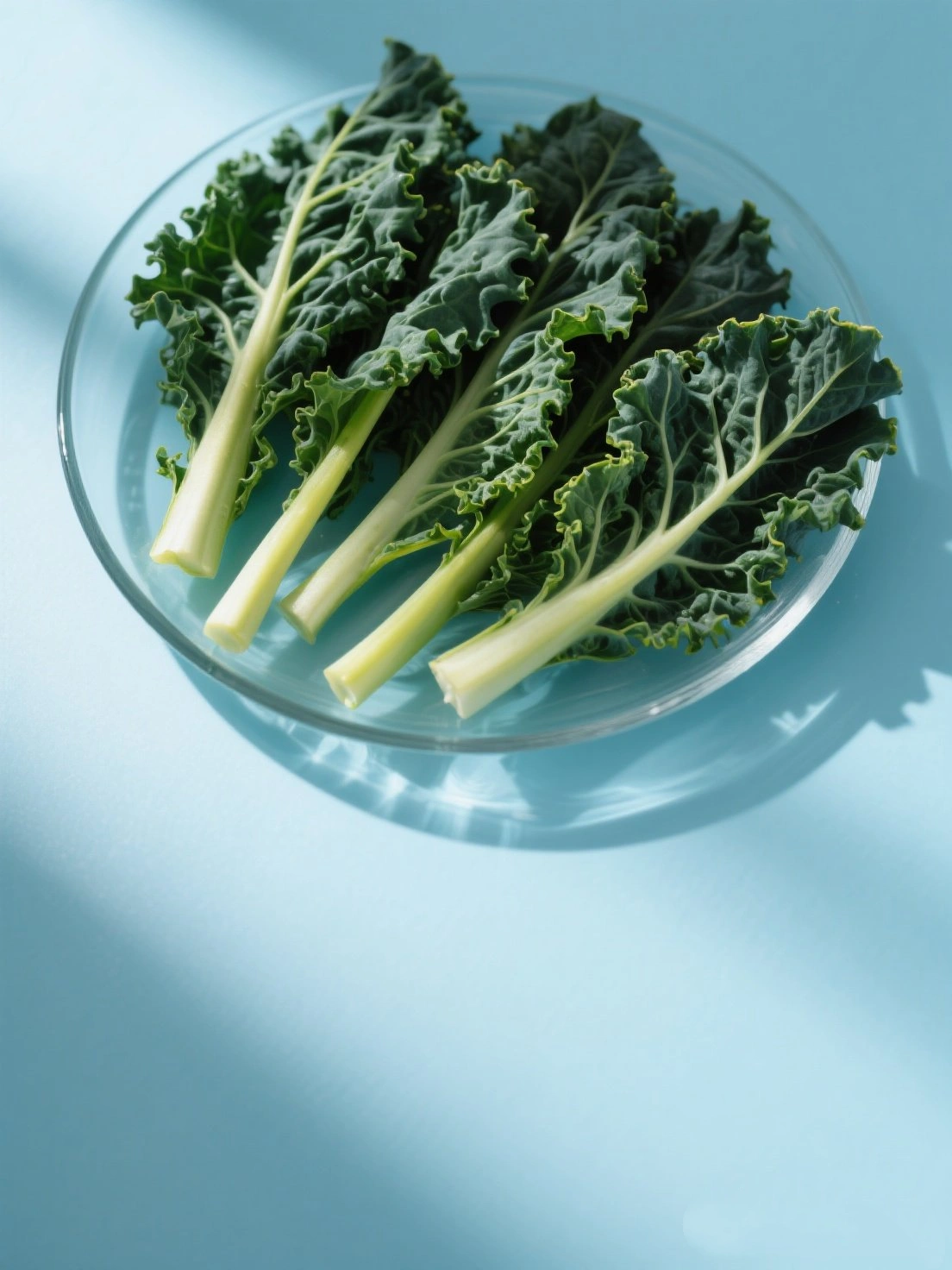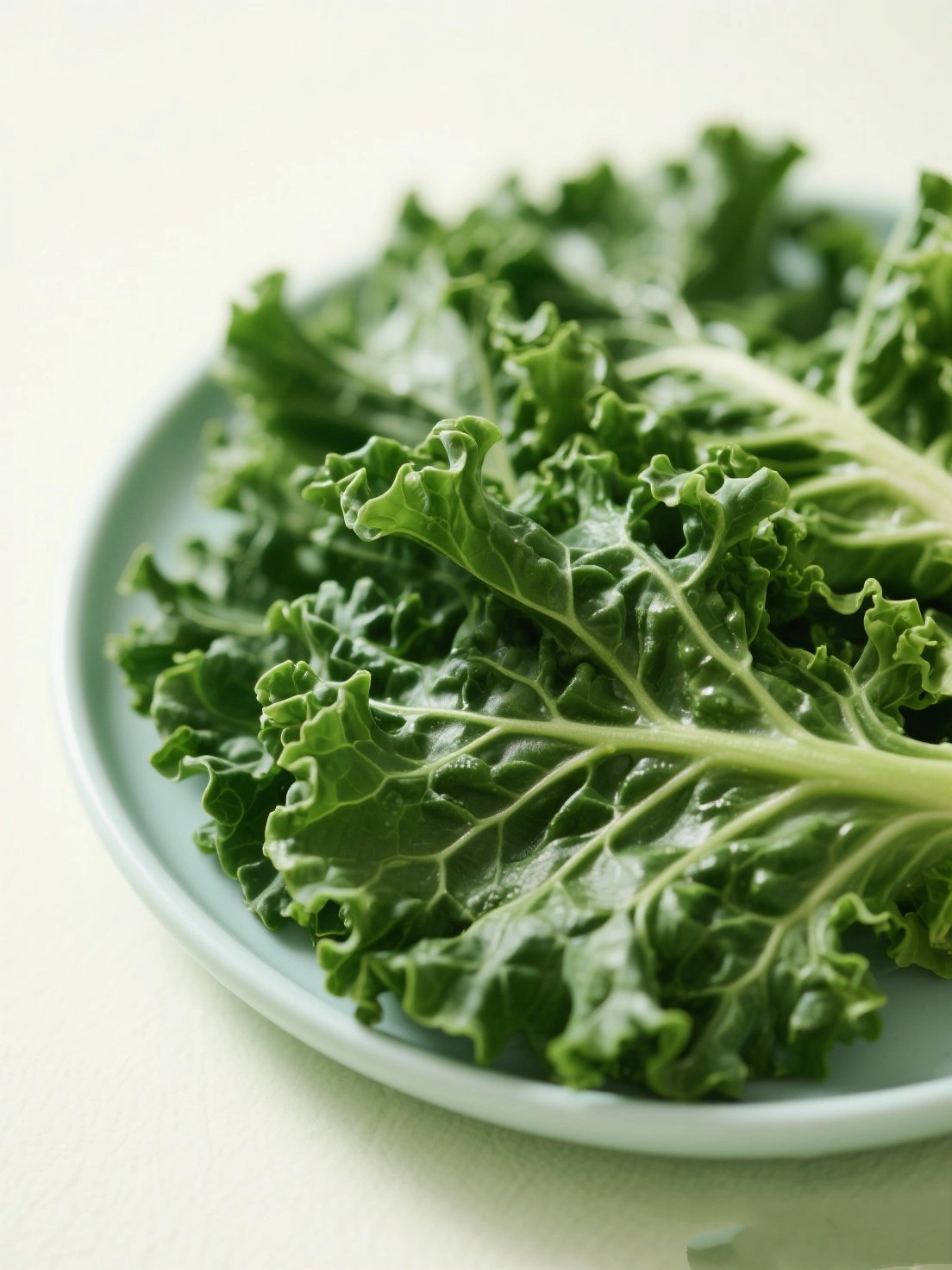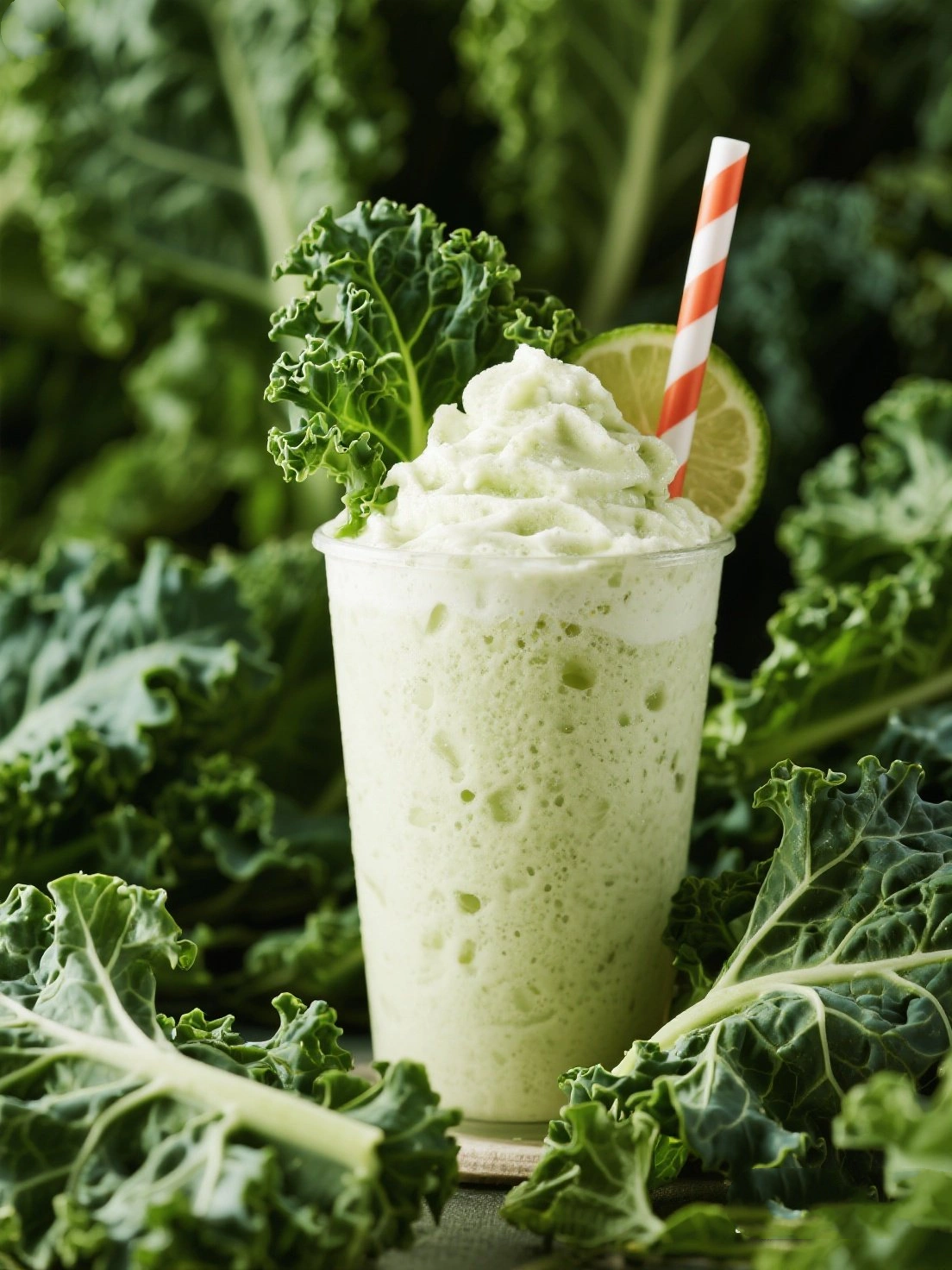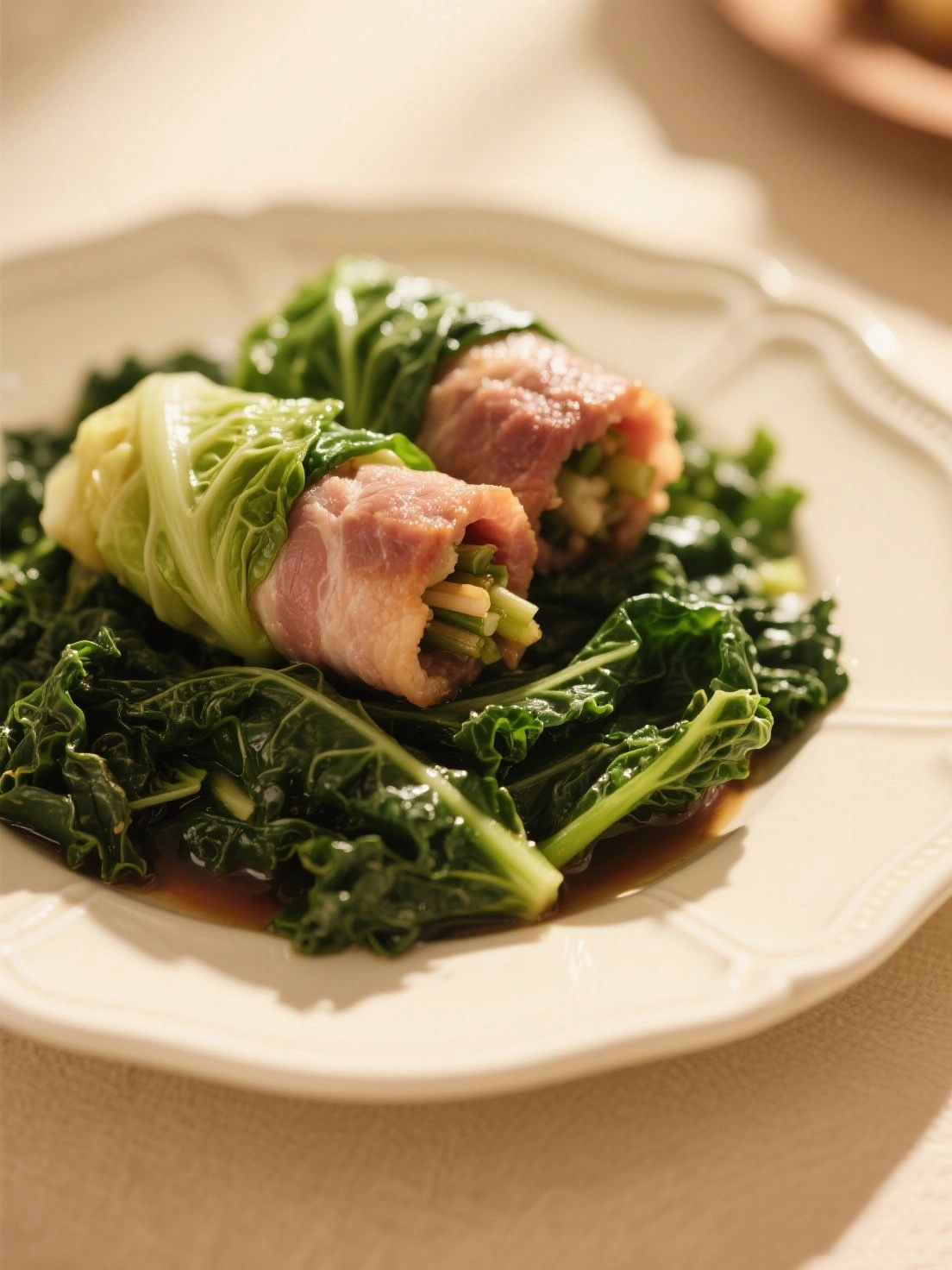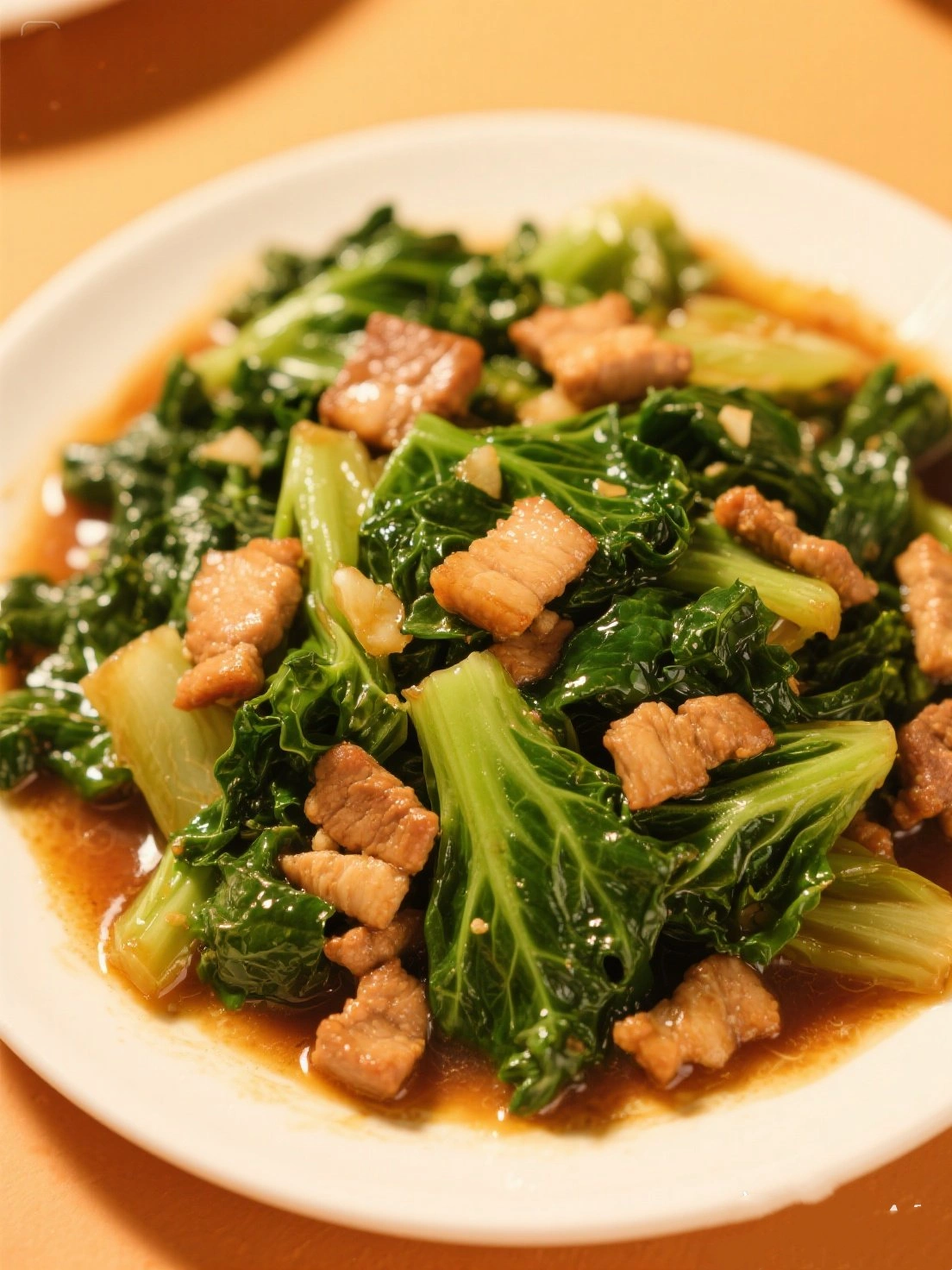Kale (Brassica oleracea var. acephala) has been cultivated for over 2,000 years, originating in the eastern Mediterranean region. This hardy leafy green was an important food crop in ancient Rome and became particularly popular in Northern Europe where it could withstand cold climates.
Historically, kale was valued for its nutritional density and ability to grow in poor soil conditions. It became a staple vegetable in many European diets during the Middle Ages. Scottish farmers developed several varieties that could survive harsh winters, making it a crucial winter vegetable.
Today, kale is celebrated worldwide as a superfood. Its popularity surged in the early 21st century as nutritional science confirmed its exceptional health benefits. Modern varieties include curly kale, dinosaur kale (Lacinato), and ornamental kale, each with unique textures and flavors.
